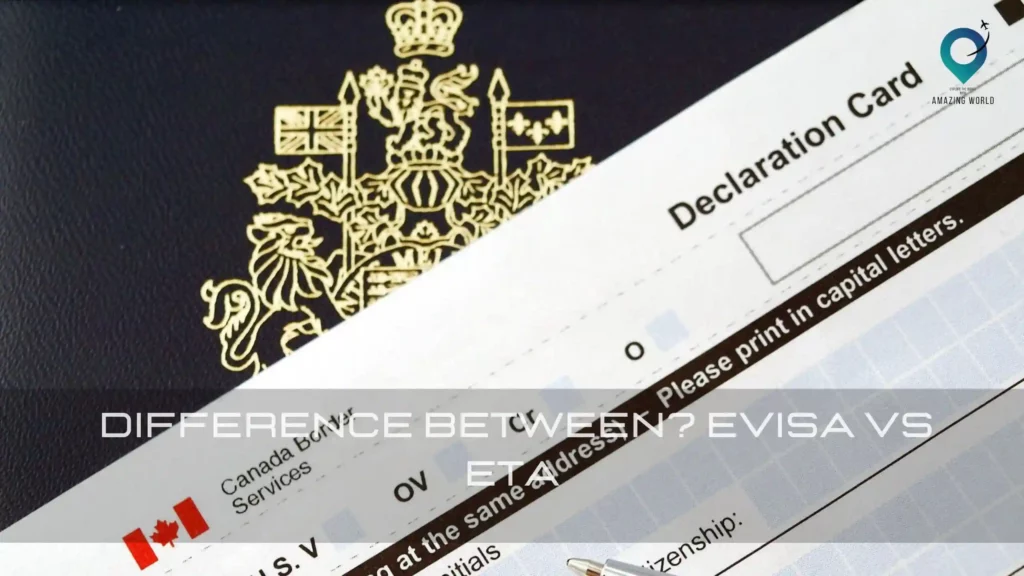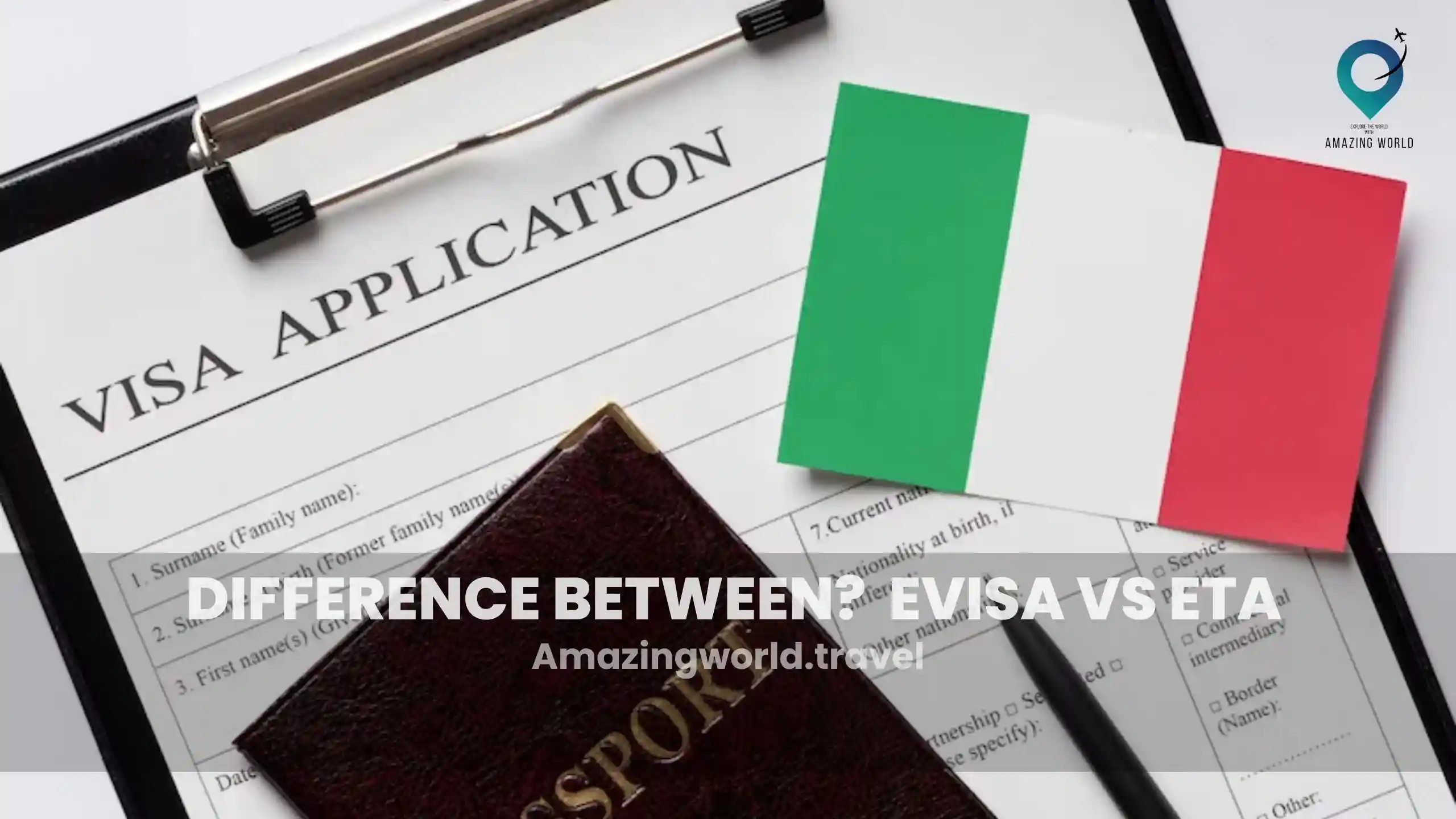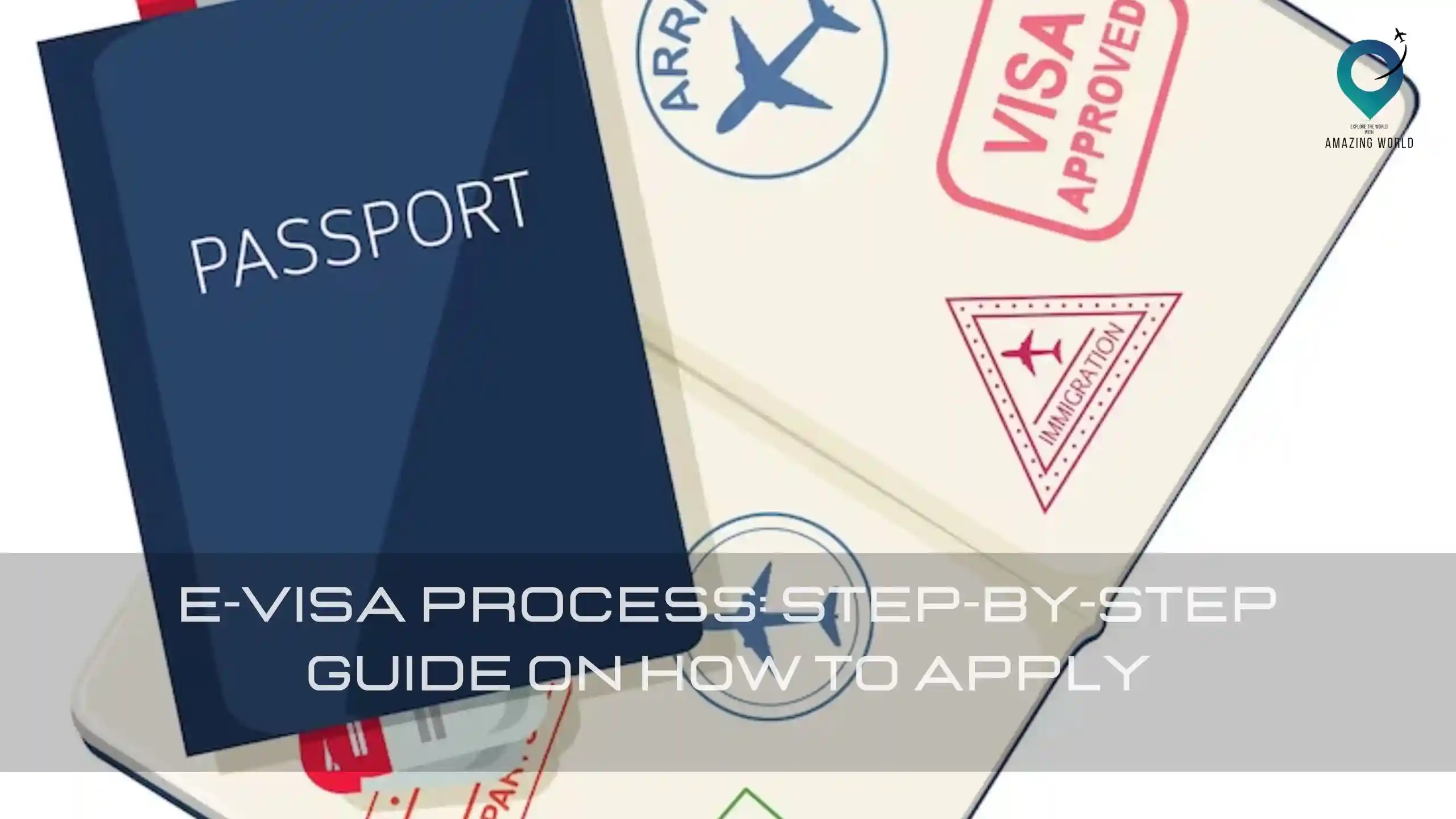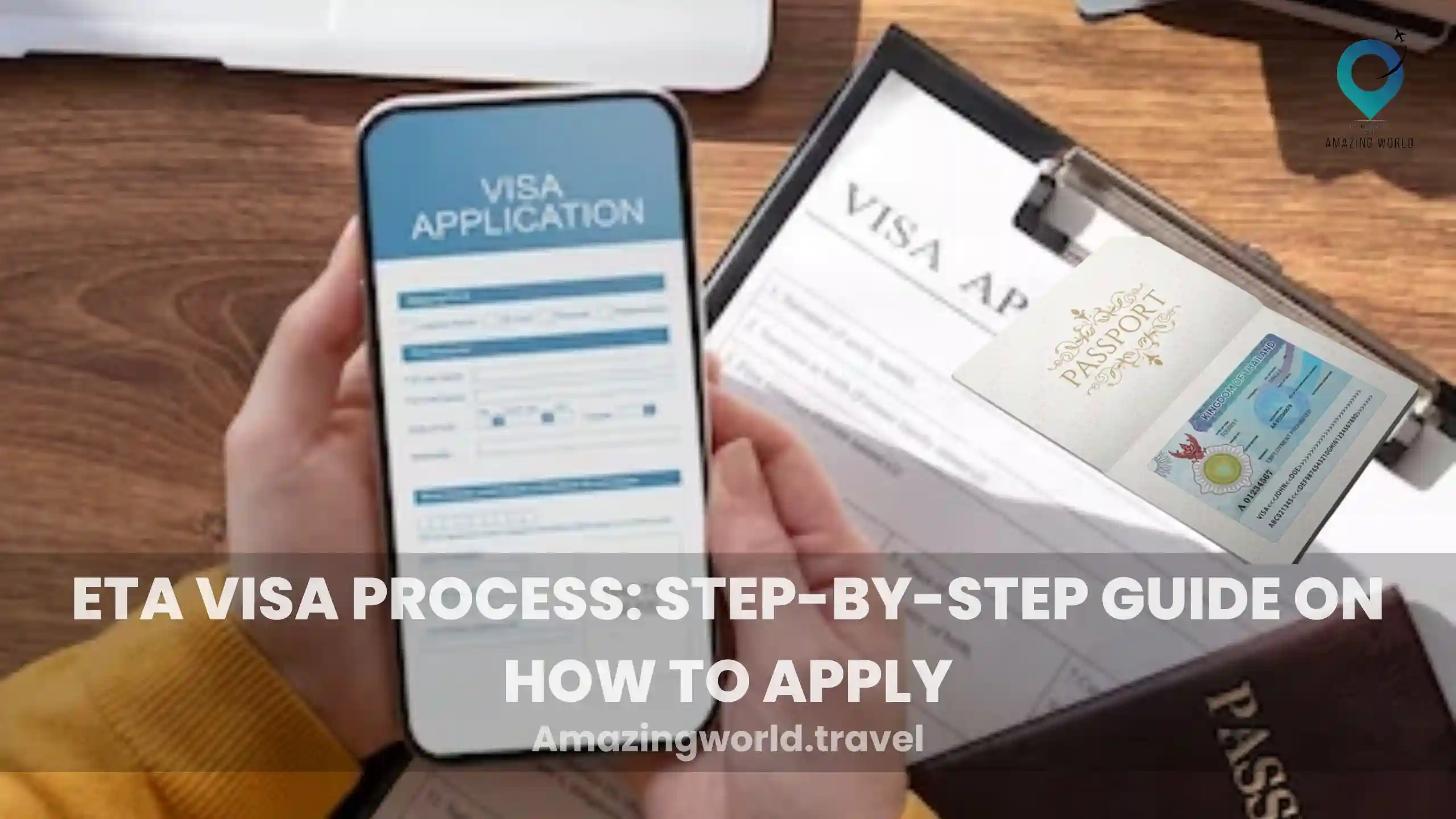EVisa vs ETA – All you need to know about the difference between?
Table of Contents
Toggle
In today’s globalized world, travel has become more accessible and convenient than ever before. With the advent of electronic travel authorization systems, such as eVisa and ETA, obtaining travel permits has become quicker and simpler.
However, understanding the difference between these two terms can be confusing for many. In this comprehensive guide, we will explore and clarify the distinction between eVisa and ETA, providing you with all the information you need to know.
eVisa: Explained and Explored
What is an eVisa?
An eVisa, also known as an electronic visa, is a digital authorization document that allows foreign travelers to enter a specific country for a limited duration. It serves as an alternative to traditional visa stamps and is linked to the traveler’s passport electronically.
The evisa application process is typically conducted online, providing convenience and reducing the need for physical paperwork and visits to embassies or consulates.
How does an eVisa work?
To apply for an eVisa, travelers must visit the official government website of the destination country or utilize authorized third-party platforms. The application process usually involves filling out an online form with personal information, passport details, travel itinerary, and any other necessary documentation.
Once submitted, the eVisa application undergoes a review process by the immigration authorities of the respective country. If approved, the applicant receives the eVisa via email, which must be presented to the immigration officer upon arrival.
Benefits of eVisa
- Convenience: The eVisa process eliminates the need for physical paperwork and reduces the hassle of visiting embassies or consulates, offering a convenient application experience.
- Time-saving: Compared to traditional visa application processes, eVisas significantly reduce waiting times, allowing travelers to receive their travel permits within a shorter duration.
- Cost-effective: Electronic visas often involve lower fees and fewer additional expenses, making them a more cost-effective option for travelers.
- Streamlined border control: eVisas enable smoother and faster border control processes, as immigration officers can easily verify the validity of travel permits through digital systems.
Limitations of eVisa
- Restricted countries: Not all countries offer eVisas, and the availability of this electronic travel authorization may vary depending on the destination. Travelers must check the specific requirements of their desired country of visit.
- Limited validity: eVisas typically have a specific validity period, allowing travelers to enter and stay within the country for a fixed duration. It is crucial to adhere to the specified timeline to avoid overstaying and potential legal complications.
- Application process: While eVisas simplify the overall application process, it still requires careful attention to detail and accuracy during form submission. Any errors or discrepancies can lead to delays or even rejection of the application.
ETA: Explained and Explored
What is an ETA?
ETA stands for Electronic Travel Authorization, which is a digital system implemented by certain countries to facilitate short-term visits. It is similar to an eVisa in terms of its purpose and functionality. The key distinction lies in the countries that utilize ETA systems and their specific requirements.
How does an ETA work?
The ETA application process is typically online, requiring applicants to complete a form with personal information, passport details, and travel plans. Once submitted, the application undergoes processing by the immigration authorities, who evaluate the provided information. Upon approval, the ETA is electronically linked to the traveler’s passport or issued as a separate authorization document.
Benefits of ETA
- Simplicity and speed: The ETA system simplifies the travel authorization process, offering a streamlined and rapid application experience. It saves applicants from the complexities of traditional visa applications.
- Short-term visits: ETAs are primarily designed for short-term visits, allowing travelers to engage in tourism, business meetings, conferences, or transit. They are ideal for travelers seeking to stay within a country for a limited period.
- Online application: Applying for an ETA can be conveniently done online, eliminating the need for physical visits to embassies or consulates. This saves time and effort for travelers.
Limitations of ETA
- Limited countries: ETAs are not universally available and are implemented by specific countries that choose to adopt this electronic travel authorization system. Travelers must verify the availability of ETA for their intended destination.
- Time restrictions: ETAs typically have a specific validity period, allowing travelers to stay within the country for a predefined duration. It is crucial to adhere to the authorized timeframe to avoid overstaying and legal consequences.
- Purpose restrictions: ETAs are generally issued for specific purposes such as tourism, business, or transit. Engaging in activities beyond the authorized scope may require additional permits or visas.
Conclusion
In summary, eVisas and ETAs provide travelers with efficient and convenient options for obtaining travel permits. While both serve the purpose of authorizing entry to a specific country, their availability, requirements, and limitations may differ.
It is essential to research and understands the specific eVisa or ETA regulations of your intended destination before embarking on your journey. By doing so, you can ensure a smooth and hassle-free travel experience, allowing you to focus on enjoying your time abroad.
How much did you like Our detailed EVisa vs ETA – All you need to know about the difference between? Review Also, please share these Blogs with your friends on social media.
Related Article
- Visa-free countries for Indian citizens in 2023 | Updated
- Visa-free countries for US Passport Holders in 2023 | Updated
- How to extend your tourist visa in Thailand
- How to Apply for a Tourist Visa Quickly
- ETA Visa Process: Step-by-Step Guide
- E-Visa Process: Step-by-Step Guide
EVisa vs ETA FAQ
Can I use an eVisa or ETA for any country I want to visit?
No, the availability and acceptance of eVisas and ETAs vary from country to country. You should research and verify the specific requirements of your desired destination.
Are eVisas and ETAs suitable for all types of travel purposes?
eVisas and ETAs are typically designed for tourism, business, and transit purposes. If you plan to engage in other activities such as work or study, you may need to explore different visa options.
How long does it take to obtain an eVisa or ETA?
The processing time for eVisas and ETAs varies depending on the destination country and their immigration procedures. It can range from a few days to several weeks, so it is advisable to apply well in advance of your travel date.
Can I extend my stay with an eVisa or ETA?
The possibility of extending your stay with an eVisa or ETA depends on the specific regulations of the destination country. Some countries allow extensions under certain circumstances, while others require a different visa category for longer stays.
What happens if my eVisa or ETA application is rejected?
If your eVisa or ETA application is rejected, you will need to explore alternative visa options or reconsider your travel plans. It is essential to review the rejection reasons provided by the immigration authorities to address any issues or discrepancies for future applications.
Can I apply for an eVisa or ETA on behalf of someone else?
In many cases, applicants can apply for eVisas or ETAs on behalf of others, such as family members or friends. However, it is crucial to provide accurate and truthful information during the application process to avoid any legal consequences.

Meet David Hoper, a passionate travel Blog writer with 7+ years of experience in travel content. Through his exemplary storytelling and engaging narratives, he shares his experiences and brings destinations to life. With a keen eye for detail and a love for exploration, he has cultivated a diverse portfolio of travel blogs that inspire and inform readers worldwide.








